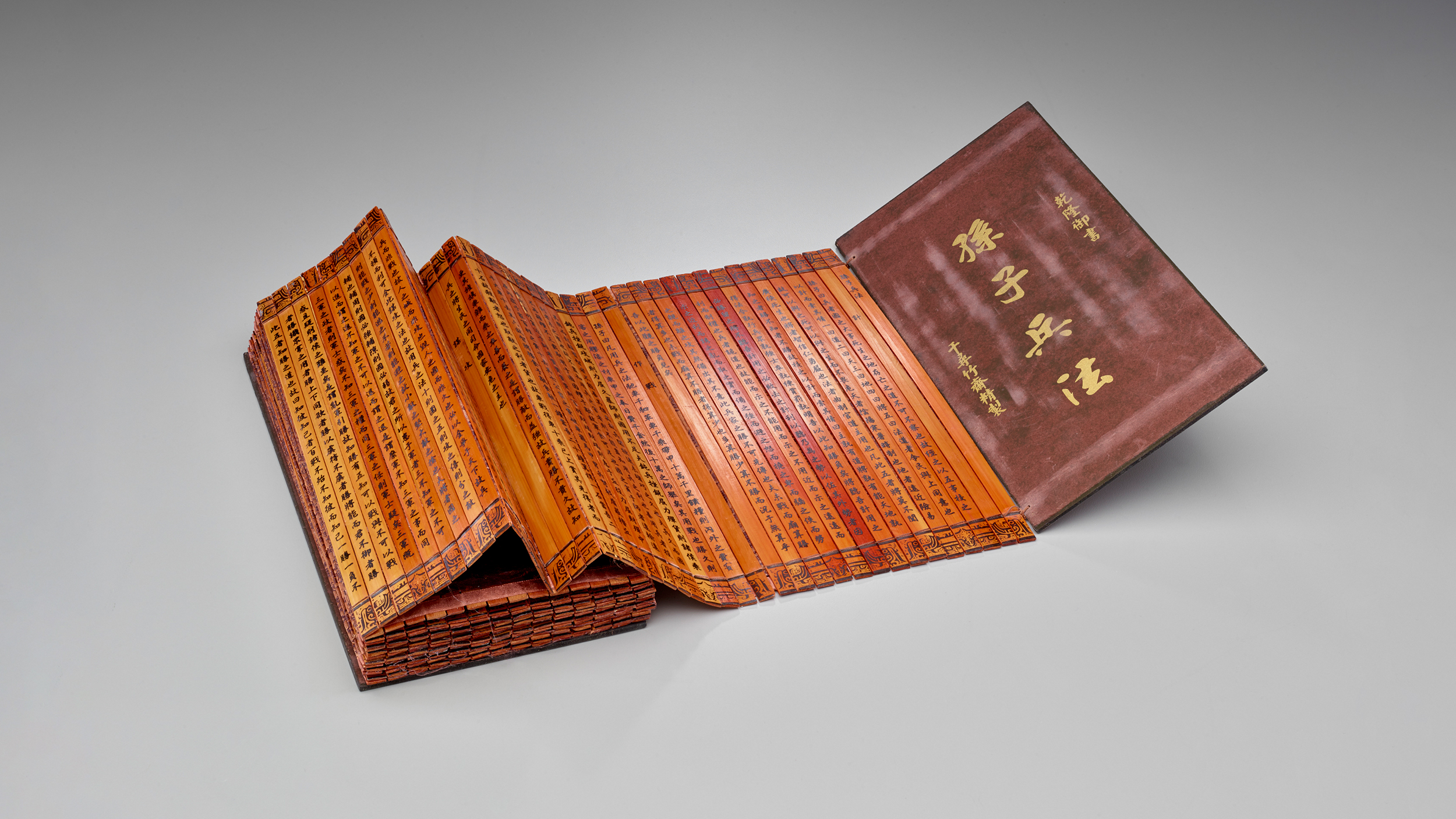A new essay takes a holistic look at the trolley problem

Credit: Paul Basel from Pexels
- The trolley problem is a well-known thought experiment, and its variations provide the source of endless discussion.
- However, few people consider the problem holistically. Would you actually be able to pull the lever?
- A new essay reminds us that many philosophies have a holistic approach to moral problems that we should consider.
The trolley problem likely has the honor of being the most widely discussed thought experiment of all time due to its popularity outside of academic circles. Devised in its current form by Phillipa Foot in 1967 and existing in similar ones for decades before that, the experiment is an extremely accessible tool for interacting with the problems of ethical theory.
Compared to other, more outlandish thought experiments, it also presents a rather tangible problem for our consideration. Situations similar to the one proposed in the experiment have arisen in real life. However, while we may learn what the right thing to do in theory is by thinking about the problem, that alone does not provide us with the tools to actually pull the lever in the moment where we find ourselves facing such a stark moral choice.
Think about it for a moment—if you were actually watching a runaway train hurtle towards some people, could you think quickly enough to pull the lever in time? Are you physically strong enough to do so? Can you live with the guilt of having essentially decided to kill the person on the other track? Can you handle the guilt of doing nothing? These problems often go unasked, and the utilitarian philosophy most people turn to in answering the trolley problem tends to gloss over these issues even if it, hypothetically, could account for them.
This comprehensive view of the trolley problem and a variety of philosophies that advise holistic responses to such situations are considered in the newly published essay “Bruce Lee and the Trolley Problem: An Analysis from an Asian Martial Arts Tradition,” written by Dr. William Sin and published in the journal Sport, Ethics, and Philosophy.
Dr. Sin, an assistant professor at the Education University of Hong Kong, argues that the scenario described in the trolley problem is not a mundane occurrence but an extreme event that will require an instantaneous response utilizing not only a person’s ethical convictions but also their physical strength, psychological composure, and other capacities.
He turns to certain Eastern philosophies and their often holistic approaches to ethical problems to explain this perspective. The Zen Buddhism of the Samurai and the personal philosophy of martial arts legend Bruce Lee as exemplified by Jeet Kune Do, both approach fights as “extreme events” which cannot be overcome by just knowing what moves to make. A skilled martial artist must also remain calm during a battle, be able to strictly concentrate on the task at hand, and be able to differentiate between the actions done during practice and what is necessary during an actual fight.
A great fighter is not just one who wins, but one who does so well, with masterful control of themselves and their actions as they engage in something most people actively try to avoid. Dr. Sin connects this multifaceted understanding of fighting to how an individual must approach pulling or not pulling the lever in the trolley problem:
“The greatness or goodness of an action can’t be judged purely by looking at its consequences, or by the type of action that it falls under in certain deontological categories. In addition, we need to consider the features of the moral battlefield that the agent is fighting against; these might involve how much blame/guilt that an agent is willing to carry, how demanding the situation is from the agent’s viewpoint, how great the obstacles are for him to overcome, etc. In the trolley case, we can tell the difference between better or worse responses as some agents are able to maintain composure in an extreme situation and some aren’t. A panicked or chaotic response may not mean much ethically, even if it saved more lives than it killed.”
Unlike utilitarianism or deontology, which are primarily concerned with showing you what to do in a particular situation, the philosophies Dr. Sin examines, including Zen Buddhism, Bruce Lee’s take on Jeet Kune Do, and Confucianism, often aim for the “practical refinement of life” rather than writing a decision process for difficult questions.
As Dr. Sin explains, this means these schools lend themselves to more holistic interpretations of approaching ethical problems and extraordinary events:
“While Jeet Kune Do prepares people for a physical encounter with their enemies in the street, a bar, or carpark, Bruce Lee emphasizes the importance of knowing oneself through the confrontations. The doctrines of Zen Buddhism were interpreted similarly by traditional Japanese swordsmen. But the practice and rigid discipline in Zen Buddhism is primarily proposed for the sake of self-realization: for practitioners to ‘overcome the barrier between life and death (liaoshengjuesi了生決死).’ Judgements about what people should do in particular cases stem from this direction of concern. The Zen Buddhists or traditional Confucians are not so interested in analyzing the balance of reasons in particular cases, or testing the consistency of ethical principles as such.
In the Analects, Confucius sometimes says different things to different students, seemingly contradicting himself. But he doesn’t really care about demonstrating the overall structure of his “doctrines.” He cares more about whether his words and deeds can help improve his students’ characters, or highlight their mistakes when they arise. For Confucius, the objective of learning is largely about acquiring the know how for someone to become a better father, son, minister, etc. Confucius, in his teaching, does not like to engage in arguments. He prefers his students see the flaws themselves in their own reflection and correct them silently.”
When asked if the principle of treating some ethical questions holistically went beyond fights and runaway trolleys, Dr. Sin largely agreed. “You can say that all performances should be evaluated holistically,” he said. “We should always look beyond the actions, or their consequences, and study the territory in which the persons perform those actions. By ‘territory,’ I mean the kind of people the agents are, their histories, other features of the situation that are pertinent to them.”
Dr. Sin points out that many Zen monks apply this understanding in day to day life. “Some Japanese Zen monks adopt an attitude of seriousness to handle small things and routine matters. Apart from its intrinsic values (to achieve a small moral triumph), the practice itself is useful for self-cultivation.”
There is no real reason that you have to be a monk to do that. He also suggests taking a look at the key texts of these philosophies. The “Analects” of Confucius and “The Tao of Jeet Kune Do” by Bruce Lee, for example, both provide thought-provoking and useful ideas.
And for those wondering how a Zen Master or Confucian Sage might act when faced with an out of control trolley car, Dr. Sin reminds us that they would consider that to be the wrong question. “For, the ‘solution’ is dependent on the readiness of the agents in the case. As Nietzsche says, strong people can digest their experiences (including deeds and misdeeds) as they digest their meals. If the people are not ready, there is not much to be said here.”
He went on to suggest a Zen monk might hit you with a keisaku for asking and that Bruce Lee might see how you react to a fury of fists stopping near your face.
While it is entertaining and often intellectually stimulating to consider what the right thing to do in the situation imagined by the trolley problem and its endless variations would be, Dr. Sin and the thinkers he references remind us that it is often not enough to merely know what we should do but also to have the capacity to act on that information. A total response to the extreme situation imagined in the trolley problem will require various skills that may need active cultivation before such an event occurs.





